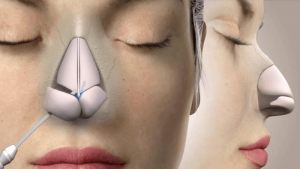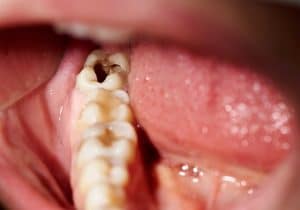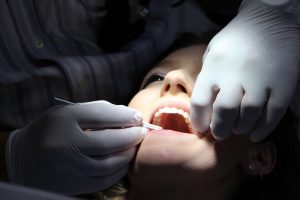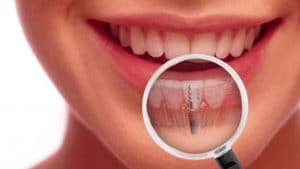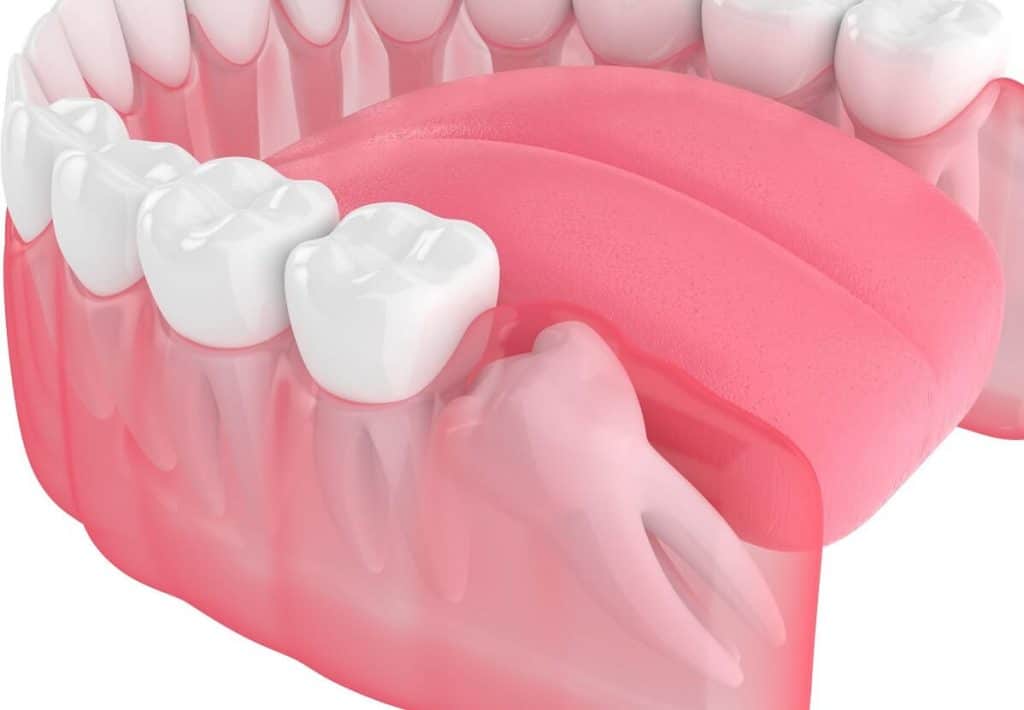
A wisdom teeth removal is a surgical operation that involves the removal of one or more wisdom teeth. You’ll almost certainly need to have wisdom teeth removed if it doesn’t have enough room to develop. It is more likely to cause discomfort, infection, or other dental issues. Oral surgeons or dentists can remove wisdom tooth. Even if impacted teeth aren’t creating difficulties now, dentists and oral surgeons advise, wisdom teeth removal to avoid future issues. In this article, we’ll inform you about the wisdom teeth removal process and what you should do after the surgery.
Why Wisdom Teeth Removal is Done?
Wisdom teeth are the last permanent teeth that emerge from the gums. Between the ages of 17 and 25, these teeth generally emerge. Some people don’t get wisdom tooth at all. Others have a wisdom tooth that emerge regularly, exactly like their other molars and create no issues. Many people have impacted wisdom teeth, which are teeth that don’t have enough space to erupt or grow correctly in the mouth. Wisdom tooth that are impacted may only emerge partially or not at all.
Impacted wisdom teeth may cause problems like; gum disease, tooth decay, damage to a neighboring tooth or surrounding bone. If you have difficulties like these, your impacted wisdom teeth will almost certainly need to be removed.
How Wisdom Teeth Removal is Done?
If the tooth hasn’t broken through the gum yet, a tiny cut in the gum will be made to gain access to it. It’s possible that a tiny bit of the bone that surrounds the tooth will need to be removed as well. To make it simpler to remove the tooth via the hole, it might be chopped into smaller pieces. If the tooth has burst through the gum, there is less need for an incision.
Because the region around your wisdom tooth will be numb, you should not experience any discomfort throughout the procedure. However, if you experience discomfort during the operation, inform your dentist so that an extra anesthetic can be administered. The time it takes to remove the wisdom teeth varies. Simple treatments might take a few minutes, but more sophisticated procedures can take up to 20 minutes.
What is the Procedure for Completely Removing Lower Wisdom Teeth?
If the wisdom teeth have not fully emerged into the mouth, an incision in the gum above the tooth is frequently required. It is sometimes required to remove part of the bone that surrounds the wisdom tooth. To remove the tooth, it may need to be sliced into two or three pieces. The gum is stitched back into place after the wisdom tooth has been extracted. The majority of the time, these sutures dissolve and vanish within two weeks.
What Kind of Anesthetic is Done During the Removal of Wisdom Teeth?
A variety of options are available, depending on how difficult it is to remove the wisdom tooth.
Local anesthetic – this is an injection into the gums surrounding the wisdom tooth. It is similar to what you might have received for a filling at your dentist. The injection numbs the area, which means you won’t feel any discomfort while the wisdom teeth are extracted.
Local anesthetic and intravenous sedation – in addition to a local anesthetic injection, an injection into your arm may be provided. You will feel more comfortable and less aware of the treatment as a result of this. Although you are awake, patients usually have little or no recollection of the procedure.
General anesthetic – Although you will be put to sleep fully, you will be able to go home the same day as surgery.
After the Wisdom Teeth Removal Surgery
Taking a few days off work is usually required, as is avoiding excessive activity during this period. You may or may not be able to drive depending on the type of anesthesia used.
Dissolving stitches are used to close the gum if an incision has been created. The length of time it takes for the sutures to dissolve will be determined by your dentist (usually 7 to 10 days).
Your dentist is more likely to place gauze over the extraction site. He will advise you to bite your jaws together for up to an hour to keep pressure on it. This is to allow for the formation of a blood clot in the vacant tooth socket. Avoid dislodging blood clots since they are an important component of the healing process. If you have an illness that isn’t getting better, antibiotics may be recommended. You should avoid the following for the first 24 hours after your wisdom teeth extraction: Smoking, drinking alcohol, drinking hot liquids, and tiring physical activity.
After surgery, your dentist will advise you on what and when you can eat. For a couple of weeks, your mouth’s delicate tissues will most likely be sensitive. You can usually begin eating soft or liquid-based foods. Spicy, acidic, chewy, or tiny and hard foods should be avoided since they might irritate the site.
Hope this article will help you find out the Wisdom Teeth Removal Process. You can read our previous post on https://smileteamturkey.com/blog/hair-transplant-in-turkey/

